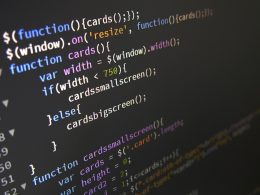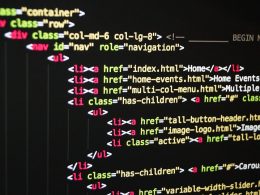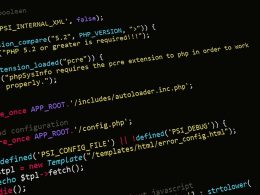1. Use List Comprehension
List Comprehension is a powerful technique that allows you to create a new list from an existing list using a concise syntax. It is faster and more efficient than using a for loop. Here is an example of creating a list of even numbers using List Comprehension:
“`
# Using for loop
numbers = [1, 2, 3, 4, 5, 6, 7, 8, 9, 10]
even_numbers = []
for number in numbers:
if number % 2 == 0:
even_numbers.append(number)
print(even_numbers)
# Using List Comprehension
even_numbers = [number for number in numbers if number % 2 == 0]
print(even_numbers)
“`
The output of both codes will be `[2, 4, 6, 8, 10]`, but the second code is more concise and efficient than the first code.
2. Use Generators
Generators are functions that return an iterable sequence of values. Unlike a normal function that computes a value and returns it, a generator computes a value, yields it to the caller, and then resumes the computation where it left off. This is useful when processing large amounts of data or when working with live data streams. Here is an example of creating a generator that generates even numbers:
“`
def even_numbers():
n = 0
while True:
yield n
n += 2
even_numbers_generator = even_numbers()
for i in range(10):
print(next(even_numbers_generator))
“`
The output of this code will be:
“`
0
2
4
6
8
10
12
14
16
18
“`
3. Use Object-Oriented Programming
Object-Oriented Programming (OOP) is a programming paradigm that uses classes and objects to structure code. It is useful for creating complex applications that are easy to maintain and extend. In Python, everything is an object, so it’s a good idea to use OOP as much as possible. Here is an example of creating a class in Python:
“`
class Dog:
def __init__(self, name, age):
self.name = name
self.age = age
def bark(self):
print(f”{self.name} barks!”)
my_dog = Dog(“Max”, 3)
print(my_dog.name) # Output: “Max”
print(my_dog.age) # Output: 3
my_dog.bark() # Output: “Max barks!”
“`
In this code, we created a `Dog` class with an initializer method and a `bark` method. We then created an instance of the `Dog` class called `my_dog`.
4. Use Libraries
Python has a large number of libraries for various purposes. Using libraries can save time and make your code more efficient. Here are some popular libraries:
– NumPy: used for numerical computing.
– Pandas: used for data manipulation and analysis.
– Matplotlib: used for data visualization.
– TensorFlow: used for machine learning.
Here is an example of using the NumPy library to create a matrix:
“`
import numpy as np
matrix = np.array([[1, 2, 3], [4, 5, 6], [7, 8, 9]])
print(matrix)
“`
The output of this code will be:
“`
[[1 2 3]
[4 5 6]
[7 8 9]]
“`
Conclusion
These are some of the top Python programming techniques for efficient coding. By using List Comprehension, Generators, Object-Oriented Programming, and Libraries, you can write code that is concise, efficient, and easy to understand.








